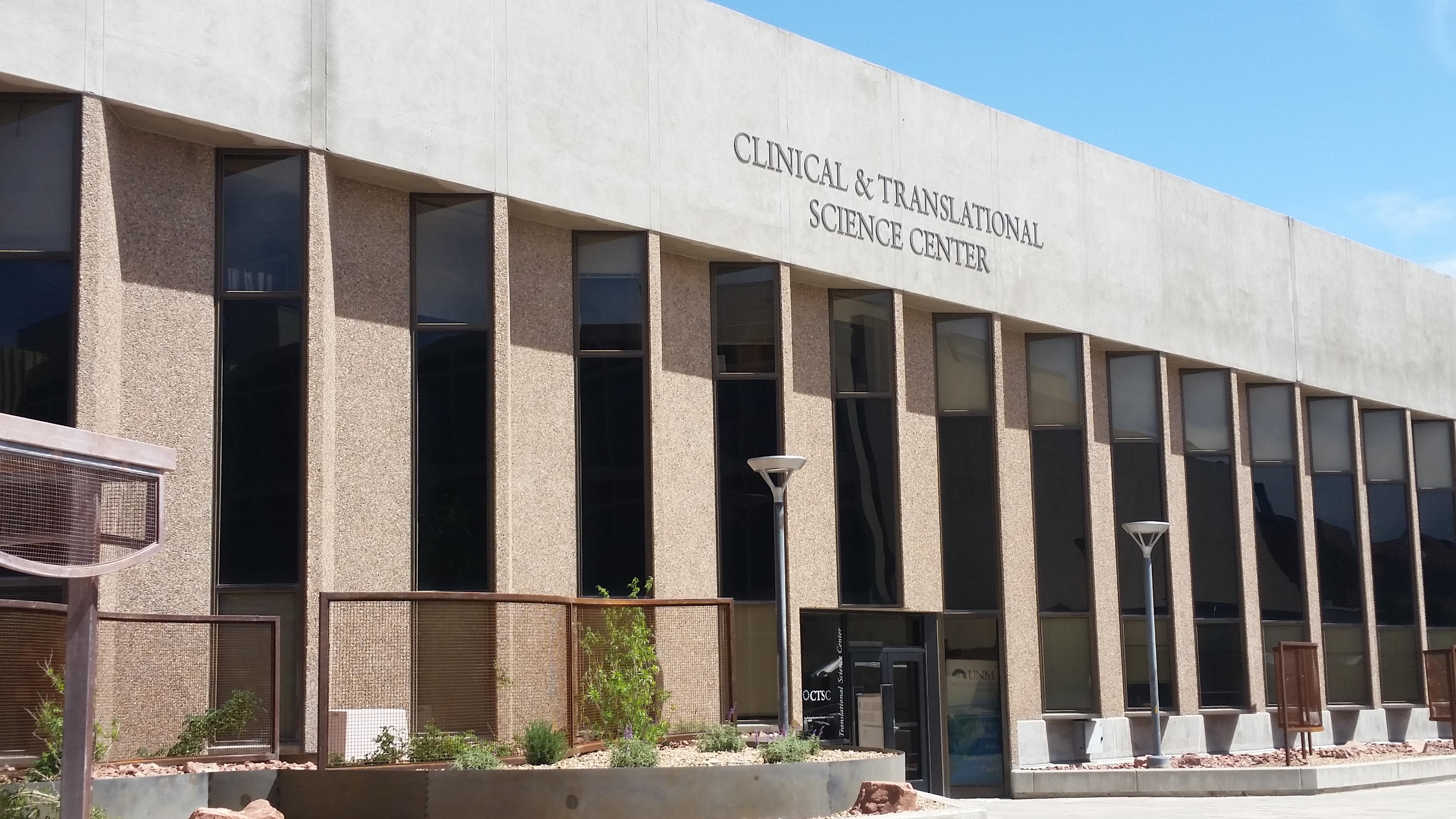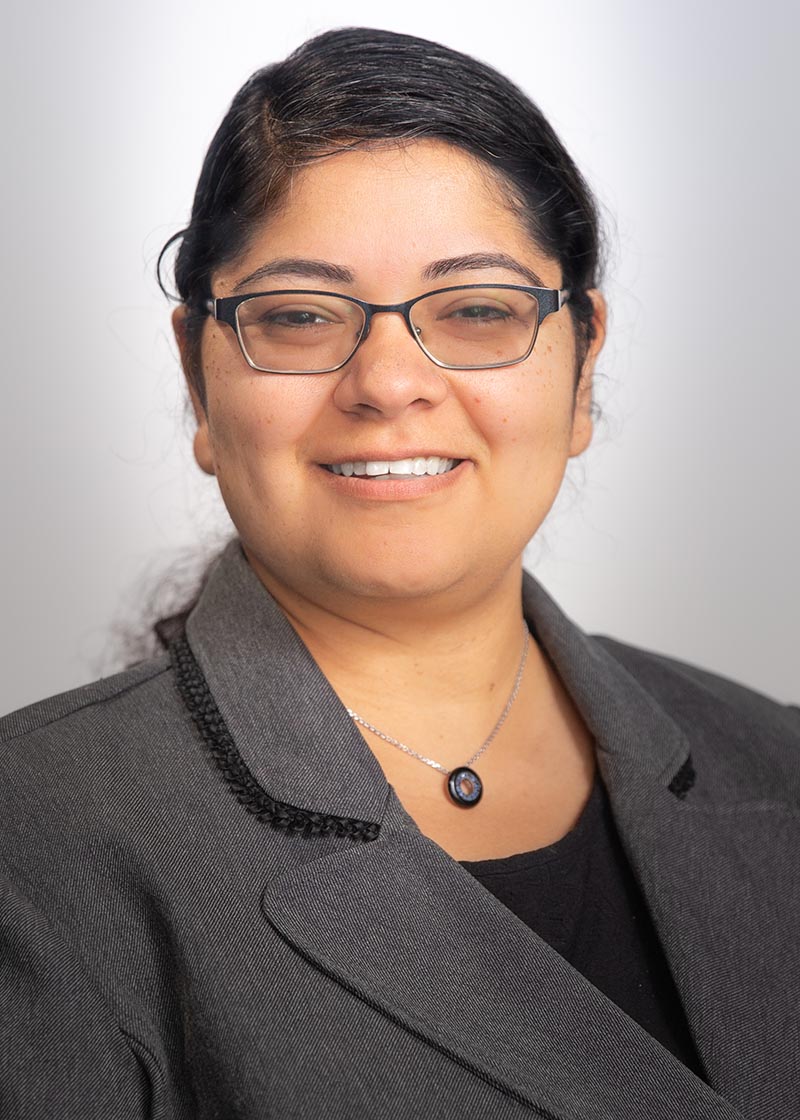Turning basic laboratory research into powerful new treatments for disease is a formidable challenge. But for the past 17 years, The University of New Mexico Clinical & Translational Science Center (CTSC) has played a critical role in closing the gap between bench and bedside.
Richard S. Larson, MD, PhD, senior vice president for UNM Health Sciences research, has served as principal investigator for the National Institutes of Health-funded program since it first received a planning grant in 2005.
“It’s unusual to be PI of a program for 17 years,” said Larson, who is retiring from the university in January. He is turning over the reins to multiple principal investigators Matthew Campen, PhD, professor in the College of Pharmacy, and Nancy Pandhi, MD, professor in the Department of Family & Community Medicine.
UNM’s program is funded by the NIH Clinical and Translational Science Award (CTSA) Program, which is focused on accelerating the process of bringing new drugs and therapies to market. It’s a daunting task, given the need to conduct expensive clinical trials before new treatments receive FDA approval.
“The CTSA is the largest program at NIH,” Larson said. “It was considered the most prestigious award that an institution could get. Once you had a CTSA you qualified for funding that you couldn’t get without a CTSA.”
The CTSA is designed to be disease-agnostic, he said. “It provides a large infrastructure to accelerate translation of basic research into medical improvements.” UNM’s CTSA grant, one of 60 in the nation, received full funding in 2010 and was renewed in 2015 and 2020 to the tune of about $20 million each year, transformed Health Sciences research, Larson said.
“Prior to the CTSC we had very little pilot funding, no informatics support, very little biostatistics support, no cores to support community-based research, a smaller clinical trials center, no training for staff and faculty to better their research, no compliance support and few mechanisms for collaboration,” Larson said.
All of those resources are now in place, he said. “We could not have built any of the faculty support structures that we have without the CTSA.”

There’s around $200 million in grant funding that we would have never had if we didn’t have a CTSA over the last 10 years.
UNM’s CTSA also supported the KL 2 program for mentoring junior faculty, Larson said. “The success of our junior faculty is better than almost any in the country. It has trained a diverse set of faculty members that we would never have had without it.”
In addition, by Larson’s estimate, “There’s around $200 million in grant funding that we would have never had if we didn’t have a CTSA over the last 10 years.”
In the years since the program was launched, most CTSAs have moved away from having a single principal investigator and now have multiple PIs, as is the case with Pandhi and Campen.
With the current CTSA in its third year, plans are afoot to start writing the next grant proposal, Pandhi said.
“The next grant is not a renewal, but a reapplication, because NIH has changed a bit how they’re running CTSAs overall,” she said. Grants will now be renewable every seven years, rather than five.
Pandhi cited UNM’s Community Engagement and Research Core as one of its signature achievements. “Our community engagement model is relatively unique, where we provide qualitative research services to investigators, instead of the traditional model, where people would perhaps have their own research team.”
UNM’s program is well-regarded, even though it is one of the smallest research institutions with CTSAs, Campen said. “We generally do quite well. We are productive. We do a lot of clinical trials. We’ve got a lot of publications coming out all the time. There are a lot of areas where we are very strong.”



